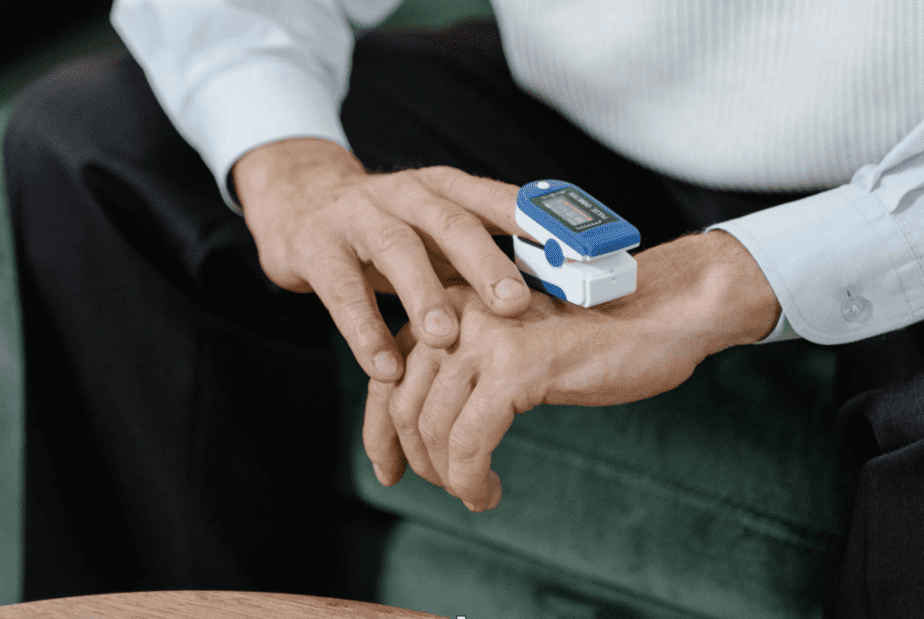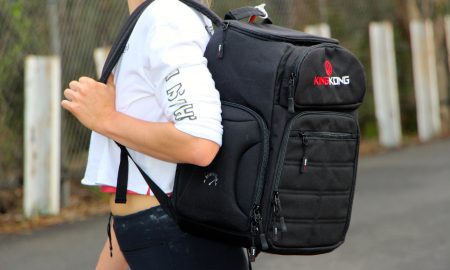
Oxygen monitors are important for people with respiratory problems. They provide detailed information about the level of oxygen in their blood. These individuals can face various challenges when exercising, thus minimizing their ability to work out. Here is a detailed outline of how oxygen monitors help people with respiratory conditions during workouts.
How Oxygen Monitors Work
An oxygen monitor determines the level of hemoglobin in your blood through the use of infrared light. Hemoglobin plays an important role in transporting blood; therefore, its red color’s intensity varies depending on your body’s activities.
The level of oxygen would also vary depending on individual health and their level of exercise. People suffering from rare diseases such as mesothelioma would require this tool to monitor their oxygen levels. Learn more about it from MesotheliomaGroup. Individuals suffering from other respiratory conditions also need the tool, especially when exercising.
Importance of Oxygen Monitors
Oxygen monitors are a great way to track your workouts and ensure you’re getting the most out of your time in the gym. They can be used by athletes at all levels, from beginners to professional competitors. The devices determine the body’s oxygen levels, thus allowing you to determine whether or not you need to rest. If you push your body too much and don’t have sufficient oxygen, you’ll likely faint. In turn, you risk serious injuries, especially when lifting weights in the gym.
The severity of respiratory problems varies from one person to another. Therefore, knowing how much oxygen you need and what happens when you don’t have enough is important. Oxygen monitors can help with informing you when the body needs more exercise.
When people start working out, their oxygen levels will drop. As they continue to exercise, their breathing rate increases, thus raising the oxygen levels to be normal. People with respiratory diseases might have challenges breathing, especially during strenuous activity. Hence, their blood oxygen levels might not rise to normal once they start exercising. In this case, the person risks fainting due to low oxygen levels.
Using an oxygen monitor while working out will guide you in knowing the intensity of the exercises you should do. If your oxygen level is low and doesn’t seem to increase as you breathe faster while exercising, you’ll know it’s time to rest. Without an oxygen monitor, you would likely continue exercising without noticing significant changes in your body.
Impact of Respiratory Conditions on Workouts
Various factors, such as poor posture and certain medical conditions, can cause respiratory conditions. The most common respiratory problems include sleep apnea, asthma, and COPD (chronic obstructive pulmonary disease). The patient might find it challenging to engage in strenuous activities such as exercises when they occur.
Exercising plays an essential role in keeping an individual fit. Therefore, it’s advisable for people with respiratory conditions to participate in light exercises to keep their body fit. However, the definition of light exercise might not mean the same to every person, creating the need for oxygen monitors. Some conditions, such as asthma, cause an individual to lose their breath faster than other respiratory issues. Therefore, an oxygen monitor would help individuals determine their extremities when exercising to avoid harming their bodies.
Is an Oxygen Monitor a Necessity During Work Out?
The answer to this question depends on the severity of your respiratory condition. For instance, asthmatic patients might need it more because they have a high chance of developing breathing complications when they engage in intense exercise. An oxygen monitor would help them know when to stop.
You might not need an oxygen monitor if you don’t have a severe respiratory condition. However, you should stay keen on the type of workout you engage in. Intense workouts might trigger your condition, thus preventing you from getting enough oxygen to the body. It’s always advisable to consult with your doctor because they have sufficient knowledge regarding respiratory conditions and intense workouts.
When to See a Doctor
If you have a respiratory issue, it could worsen, thus making it challenging to exercise. The oxygen monitor provides crucial information during workouts to determine whether or not your condition has worsened. Your blood oxygen level should return to normal as you continue to exercise. However, if this doesn’t happen and you have difficulties catching your breath, it’s advisable to visit a doctor.
Low blood oxygen levels could also indicate other health conditions besides respiratory issues. Therefore, changes in the normal blood level patterns during exercises should take you to the doctor. Medical practitioners have the tools for a detailed diagnosis to determine the cause of low oxygen levels. They would also suggest the ideal exercises to keep you fit without straining your body beyond the expected levels. It will also prevent severe attacks from the condition.
Oxygen monitors are a great tool for monitoring your oxygen intake during exercise. It can help you understand how much oxygen flows through your body to ensure you don’t become fatigued too quickly. If you suffer from a respiratory condition, the device will prevent you from doing intense exercises that could affect your breathing capabilities or harm your body in other ways.

















Follow Us